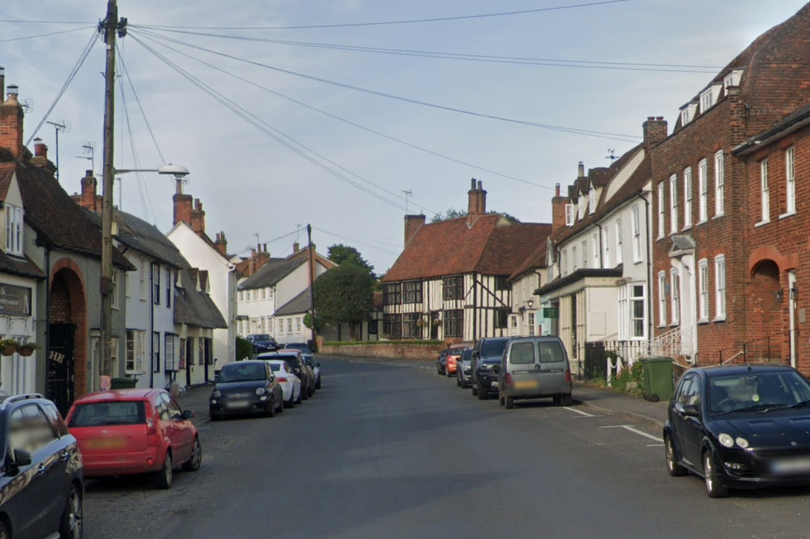The Essex village full of chocolate box cottages that King Henry VIII gave to one of his wives

Nestling in North West Essex, close to Braintree and Saffron Walden, lies a picturesque village with a rich and historic past. Great Bardfield, which is charmed with whimsically placed cottages, winding streets, and humble green spaces, was once owned by King Henry VIII and eventually relinquished to his fourth wife, Anne of Cleeves after his marriage to her was annulled.
The marriage, initially set up by King Henry VIII’s ill-fated advisor, Thomas Cromwell, ended in 1540, after just six months. King Henry confirmed that the marriage was not consummated, which allowed him to continue with the divorce. Unlike the King’s second wife, Anne Boleyn, Anne of Cleeves left the marriage with her life, as well as treasures, including the Essex village, Great Bardfield.
Thereafter known as the King’s Beloved Sister, Anne of Cleeves acquired the 1,000-acre grounds including a now Grade I-listed barn, which is named after her, and a vineyard. As an honorary member of the King’s family, after their divorce, Anne was given precedence over all women in the kingdom, with the exception of the King’s wife and daughters.
READ MORE: The Chelmsford school that was once Henry VIII and Anne Boleyn's romantic palace
READ MORE: The quiet Essex village of Steeple Bumpstead where a man was once burned at the stake for going against Catholic Church beliefs
Great Bardfield was also a real favourite among other royal women, including the Queen Consort of Scotland, Elizabeth de Burgh. Once one of the wealthiest noblewomen in Medieval England, Elizabeth married King of Scots, Robert Bruce, in Writtle in 1302 and travelled from her household in Suffolk to Great Bardfield annually.
The bustling village, then known for its annual horse fair, was described by Elizabeth as her “Beloved Bardfield”. It was from the Essex village that she hosted significant members of the English nobility, including the Black Prince, who hunted in a deer park nearby.
Once mentioned in the Doomsday Book as being a parish of 1200 people, the popular village became the home to renowned artists, such as Edward Bawden, John Aldridge and Eric Ravilous, who opened their homes to the public for their iconic art exhibition in the 1950s, reigniting its collective admiration.
Get more What's On news from EssexLive straight to your inbox for FREE

 Yahoo News
Yahoo News 
